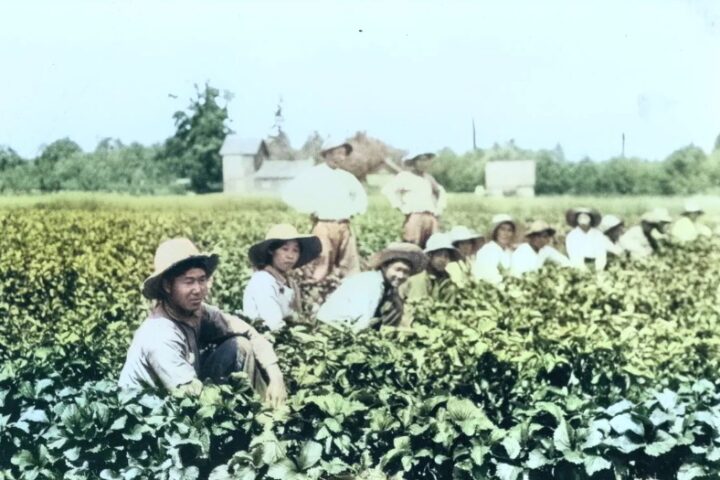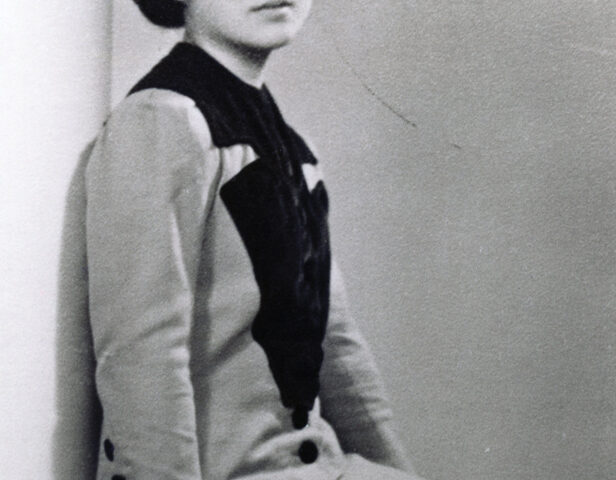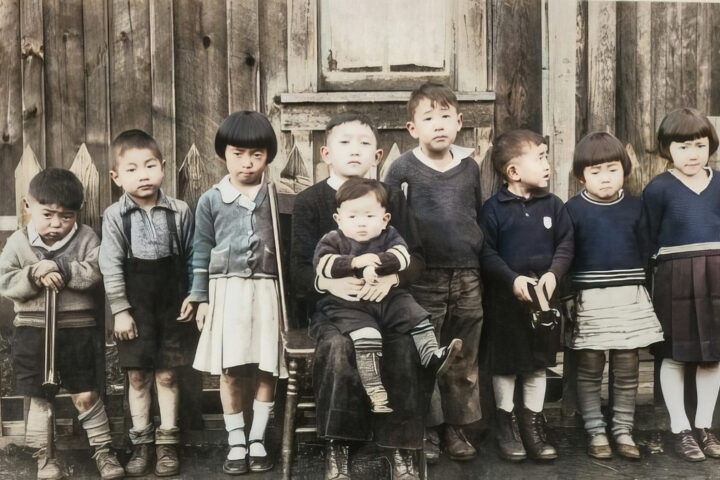Highlights of May Dates in Japanese Canadian History
By Lorene Oikawa, Past President NAJC
In 2023, the National Association of Japanese Canadians (NAJC) is reviewing the highlights of dates for each month, from the period 1941 to 1949. We are looking at the actions of government and the impact on Japanese Canadians.
1942
May 13 First Japanese Canadians arrive at Kaslo, the second of the five towns that the government referred to as “ghost” towns, where Japanese Canadians were interned/incarcerated. Japanese Canadians arrived on a paddle wheeler, SS Nasookin, on Kootenay Lake. The population of Kaslo would grow from 500 to about 1,200. About 78 stayed in the historic Langham Hotel which was built in the 1890s. The building is now a charitable public arts heritage centre and Japanese Canadian Museum.
May 21 “By May 21, a total of 1,021 men, including carpenters, plumbers and electricians, were preparing the five ghost towns of Greenwood, Kaslo, New Denver, Slocan City and Sandon for habitation.” Ken Adachi wrote in The Enemy That Never Was.
Racism didn’t start with Pearl Harbour. There has been racism since the first Japanese started to come to Canada in the 1800s.The first large scale act of hate took place in 1907 with racist politicians, unions, and other individuals who organized the anti-Asian riots in Vancouver. A violent mob wanted Japanese Canadians out of Vancouver and set out from city hall at the corner of Main Street and Hastings Street to the Powell Street area. On their way they went through Chinatown and smashed and looted businesses.
As Japanese Canadians grew prosperous through hard work and dedication, the racist politicians continued their fear mongering to divide and pit workers against each other. For example, in the fishing industry the highly skilled Japanese Canadian fishers had to fight against being forced out.
The attack on Pearl Harbour was used to justify the fears and support the government action against Japanese Canadians. Rumours continued to circulate about subversive activities of Japanese Canadians and a possible attack against British Columbia.
In May 1942, there was a meeting of the Pacific War Council in Washington D.C. and the discussions between US president Roosevelt, UK prime minister Churchill, and Canada’s prime minister King clarified that Japan was focused on defending against any developments with Russia. There wasn’t any need to be concerned about any attack against the Pacific coast. Two years earlier in 1940, a special committee formed to review the possibility of Japanese Canadians serving with the Canadian military, met in British Columbia where they heard from witnesses including members of the various branches of the police who said there was no evidence of any subversive activities. Japanese Canadians had “an admirable record as law-abiding and decently behaved citizens.” Earlier, Pacific Command chief Major-General R.O. Alexander had expressed some concern about the Japanese attacking Midway and moving closer to Canada. The Pacific War Council discussion dismissed the concern.
1943
In May 1943, Japanese Canadian property owners were spurred to raise money for a court challenge to prevent the forced sale of their property. Japanese Canadians were removed from their homes in 1942 sometimes with as little as 24 hours notice. Families were restricted to bringing a few suitcases and what they could carry. The government told them they would “protect and preserve” their property and possessions. However, the government had plans to sell everything. Homes, farms, and businesses were listed for sale and possessions such as stoves, kitchenware, dishes, and family heirlooms were sold through auctions held between 1943 and 1947.
The Rural Advisory Committee was responsible for selling Japanese Canadian property outside of Vancouver. In May 1943, they received an offer for 769 farms from the Veterans’ Land Act Superintendent Ivan T. Barnet. The Committee liked the idea of Japanese Canadian property going to veterans. The irony is that Japanese Canadian World War I veterans who fought for Canada were among the 22,000 who were forcibly uprooted and dispossessed and exiled.
Despite providing a bid that was far less than the value of the property, the farms were sold for less than 70% of the assessed value which was even less than the market value. The proceeds from the sales of the crops of Japanese Canadian farmers in 1943 which amounted to $43,000 were included in the sale making the deal even more disgusting.
Meanwhile the court case was allowed to be delayed indefinitely by the judge, Mr. Justice J.T. Thorson C. He was the former Minister of National War Services, part of the 1942 federal government cabinet who approved the internment/incarceration of Japanese Canadians. Two years after the war ended in 1945, he finally made a decision that the Custodian of Enemy Alien Property was not accountable before the Exchequer Court. In any case, it was too late, the federal government had already dispossessed Japanese Canadians and sold everything. In 1947, an estimated $11.5 million worth of Japanese Canadian property was sold for less than half of its value.
1945
The government feels their policy of voluntary resettlement east of the Rockies is too slow so they implement a deportation policy throughout April and May. Japanese Canadians are forced to choose immediate resettlement in the East or what the government called repatriation to Japan with no fixed date. In despair or confusion, 6,884 Japanese Canadians, 16 years and older, sign repatriation requests that include their 3,500 dependents.
1946
May 31 “Repatriation” begins with 3,964 Japanese Canadians on the S.S. Marine Angel which left the Vancouver dock at 10 p.m. They would sail to Japan and end up in filthy US barracks in Uraga in Tokyo. The federal government allowed for sweeping powers under the War Measures Act which included deportation, but deportation is the return of an alien to their originating country not exiling citizens to a foreign country. Many of those who were deported are Canadian citizens.




